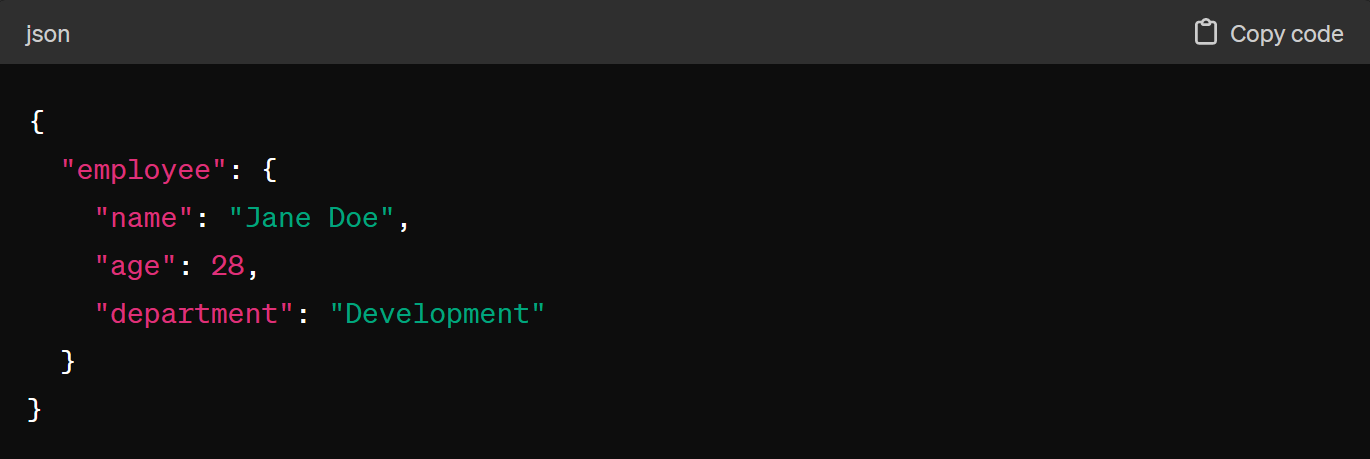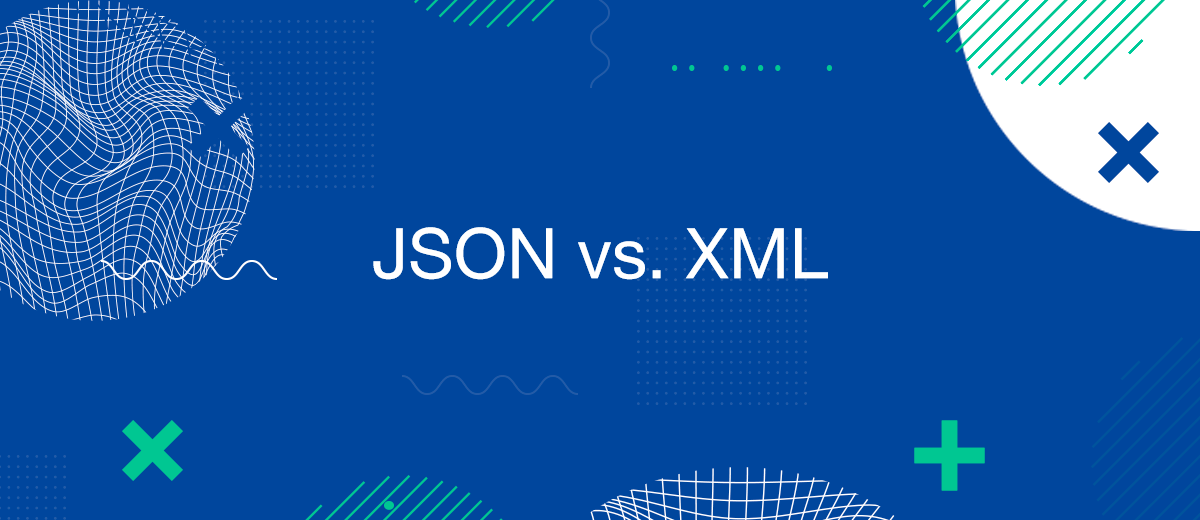In the digital landscape of data interchange and web development, JSON (JavaScript Object Notation) and XML (eXtensible Markup Language) are two dominant data formats widely utilized for their distinct capabilities in storing and transporting data across applications and the web. This detailed analysis aims to compare JSON and XML across various dimensions including syntax, usability, performance, security, and compatibility, providing insights to developers on choosing the right format based on specific project requirements.
Introduction to JSON and XML
JSON Overview
JSON is characterized by its lightweight nature and ease of use, making it an immensely popular choice in modern web development. It is designed to be easily readable by humans and straightforward for machines to parse, largely due to its adoption of a simple syntax with objects and arrays. This simplicity allows JSON to integrate seamlessly into the web ecosystem, particularly benefiting applications built with JavaScript.
XML Overview
XML, on the other hand, serves a different purpose with its focus on providing a robust structure for marking up complex documents. It encodes documents in a format that is both human-readable and machine-readable, which is ideal for industries that require detailed data documentation such as healthcare and banking.
Syntax Comparison
JSON Syntax
JSON's syntax is minimalist, using a series of name/value pairs - often referred to as objects - and ordered list of values, known as arrays. This structure makes it extremely approachable and easy to write, even for those with minimal coding experience.
Example JSON:

XML Syntax
XML's syntax is more verbose with its use of nested elements and attributes, which provides a high level of flexibility but also adds complexity. This makes it more suitable for applications that demand a detailed level of data intricacy.
Example XML:

Usability
JSON Usability
Due to JSON's data-centric model, it is inherently easier to use when the goal is to serialize and transmit structured data. Many web technologies inherently parse JSON efficiently, making it ideal for dynamic environments where time-to-load is critical.
XML Usability
XML is favored in environments where validation and specification of document structure are crucial. Its compatibility with various schema definitions enables detailed document integrity checks which is essential in high-stake data exchanges.
Performance
JSON Performance


The lightweight nature of JSON, combined with its ability to be parsed natively by web browsers, significantly enhances its speed and efficiency in web applications. Its performance is a key factor in its widespread adoption in RESTful APIs and mobile apps where quick responses are essential.
XML Performance
The verbose and detailed structure of XML slows its parsing and manipulation, making it less suitable for high-performance applications. However, its strength lies in its versatility in handling data-rich, complex documents where this level of detail is necessary.
Security Aspects
JSON Security
While simpler, JSON does have vulnerabilities, particularly in terms of injection attacks, where unvalidated input can be a vector for data corruption or unauthorized data access.
XML Security
XML's complexity and depth make it susceptible to a variety of attacks, including those involving malicious entity declarations leading to disclosure of confidential information (XXE attacks).
Compatibility and Flexibility
JSON Compatibility
JSON's data serialization capabilities make it a preferred choice for web applications and services that require quick, efficient data exchange. Its lack of support for comment blocks can be a limitation for some developmental processes, but its strengths often outweigh these limitations.
XML Flexibility
XML is highly flexible due to its support for namespaces and attributes, which makes it ideal for mixed-content applications where multiple data types and structures coexist. It remains a staple in many enterprise environments for this reason.
Data Richness
JSON Data Representation
JSON is tailored for encoding data structures ranging from simple to complex, but it does not support metadata or linking. Its focus is on representing the data itself, cleanly and efficiently.
XML Data Complexity
XML supports a rich content model, including the ability to define custom data types and embed metadata, making it suitable for applications that require extensive data descriptions.
Conclusion
Deciding between JSON and XML is contingent on the specific needs of the application. JSON offers simplicity, speed, and integration ease, making it perfect for applications that benefit from quick data interchange. XML’s ability to handle complex and richly structured documents makes it indispensable in scenarios requiring robust data documentation. By understanding the unique strengths and limitations of each format, developers can choose the most suitable tool for their data interchange needs, thereby optimizing application performance and enhancing workflow efficiency.
SaveMyLeads is a simple and effective service that will help you automate routine tasks and optimize business processes. Stop wasting time uploading leads from Facebook manually – you can do it automatically, saving a lot of time and money. Eliminate routine from workflows and achieve more with minimal investment of money, effort and human resources.
